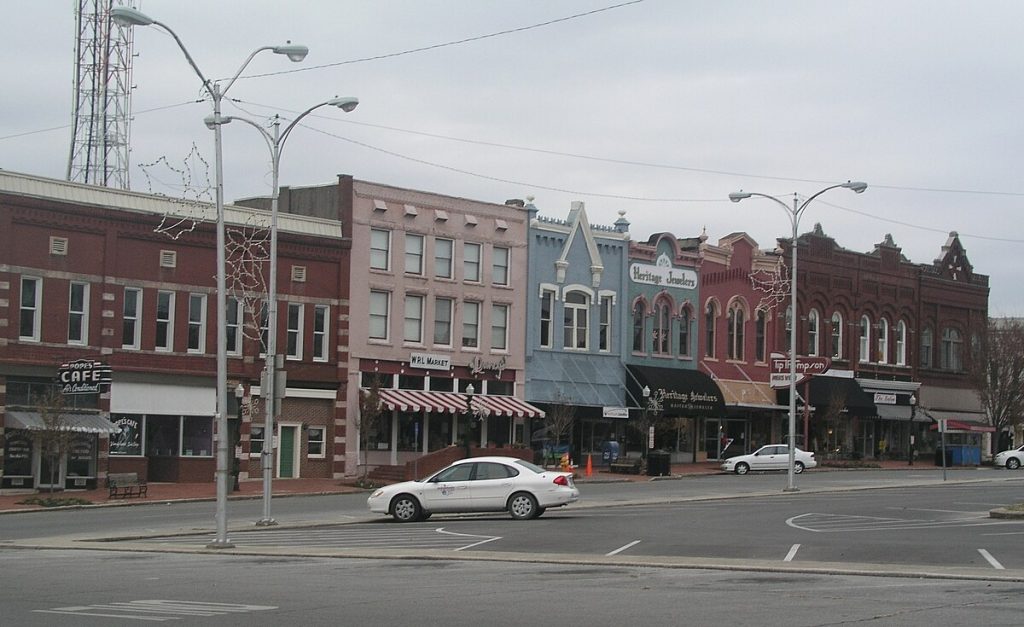Muslims in the United States live across all 50 states, but economic patterns, immigration trends, and refugee resettlement policies have created unique concentrations of Muslim communities in some of the poorest states in the country. These states often offer lower housing costs, small business opportunities, and supportive community networks—but also bring significant challenges related to poverty, limited services, and restricted upward mobility.
This article explores the poorest U.S. states where Muslim communities live, examining the social conditions, economic realities, and daily struggles that shape their lives.
1. Mississippi: A Low-Income State with a Growing Muslim Presence
Mississippi consistently ranks at the bottom of U.S. poverty and income indicators. Despite this, the state has emerging Muslim communities, largely made up of:
-
African American Muslims
-
Small immigrant groups from the Middle East and Africa
-
Students and professors in university towns
Low housing prices attract families, but limited job opportunities, especially outside healthcare and retail, make financial mobility difficult.
2. Louisiana: Strong African American Muslim Roots
Louisiana is one of the poorest states, yet it is home to diverse Muslim communities in:
-
New Orleans
-
Baton Rouge
-
Shreveport
Many Muslims work in service industries, transportation, health care, or small businesses. The combination of low wages and high living costs—particularly after Hurricane Katrina—creates economic instability for many families.
3. Arkansas: Refugee-Friendly but Economically Challenged
Arkansas has welcomed refugees from:
-
Somalia
-
Syria
-
Sudan
-
Pakistan
While rent is affordable, wages are low and job opportunities are concentrated in meatpacking, delivery, and retail. Rural isolation makes it harder for Muslims to access Islamic schools, halal shops, and community centers.
4. West Virginia: Small Muslim Populations Amid Deep Poverty
West Virginia is one of the poorest states in America. The Muslim community is small but active, centered mainly in university and medical sectors. Challenges include:
-
Limited halal food access
-
Weak transportation
-
Few employment sectors outside healthcare
Despite hardships, the community remains tight-knit and community-driven.
5. Alabama: Strong African American Muslim Community
Alabama’s Muslim community includes:
-
African American Muslims with long local history
-
Immigrants from South Asia, the Middle East, and Africa
With one of the lowest median incomes in the U.S., families often struggle with medical bills, child care costs, and limited job growth.
6. Kentucky: A Unique Bosnian Muslim Community
Louisville contains one of America’s largest Bosnian Muslim communities. Kentucky attracts Muslims because:
-
Housing is affordable
-
Community institutions are strong
However, job opportunities are limited outside the main cities, and the state struggles with poverty especially in rural areas.
7. Oklahoma: A Diverse Muslim Population in a Low-Income State
Oklahoma has seen steady growth in Muslim populations, especially in:
-
Oklahoma City
-
Tulsa
The economic environment is mixed—cheap housing but low wages, with many Muslims working in oil, trucking, convenience stores, and small businesses.
8. Tennessee: Refugee Growth and Economic Strain
Tennessee, especially Nashville, has become a hub for refugees from:
-
Somalia
-
Iraq
-
Syria
-
Kurdish regions
While the cost of living is relatively low, many Muslim families face wage stagnation, expensive healthcare, and limited access to culturally appropriate resources.
9. New Mexico: Poverty and Isolation Affect Muslim Communities
New Mexico ranks near the bottom in national poverty statistics. Muslims—mainly from North Africa, South Asia, and the Middle East—tend to live in:
-
Albuquerque
-
Santa Fe
Although housing is cheaper, job availability and educational opportunities remain limited.
10. South Carolina: Growing Muslim Communities in a Poor State
Muslim populations in Columbia, Greenville, and Charleston continue to grow. The state’s poverty rates and racial inequality affect Muslim communities as well, particularly African American Muslim families and new immigrants.
Key Themes Across Poor States Where Muslims Live
1. Economic Pressures
Muslims in these states experience:
-
Lower wages than national averages
-
Higher poverty rates
-
Increased dependence on service-sector jobs
2. Limited Infrastructure for Muslim Life
These states often lack:
-
Halal grocery stores
-
Islamic schools
-
Community centers
-
Arabic-speaking services
This creates challenges for daily living and cultural identity.
3. Strong Community Bonds
Despite hardships, Muslim communities in poorer states often develop:
-
Strong mosque-centered networks
-
Robust charity and zakat support
-
Volunteer groups helping new refugees
4. Refugee Placement Patterns
States with low cost of living are common destinations for refugee resettlement programs. While affordable, these areas often lack the economic mobility needed for families to grow long-term wealth.
Conclusion
Muslims living in America’s poorest states navigate a complex reality—balancing affordable housing and community cohesion with persistent economic challenges, limited services, and structural inequalities. As these communities continue to grow, they play an important role in reshaping the social, cultural, and economic landscapes of the American South and Midwest.

